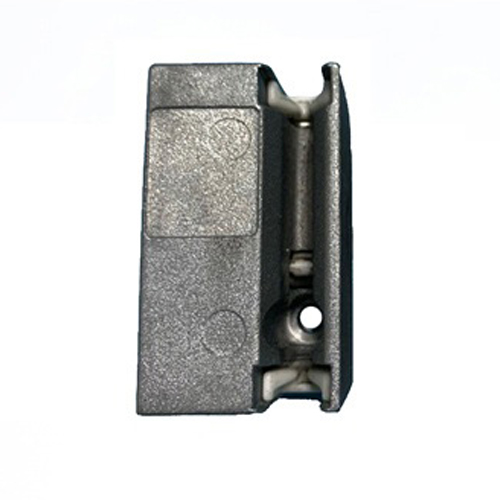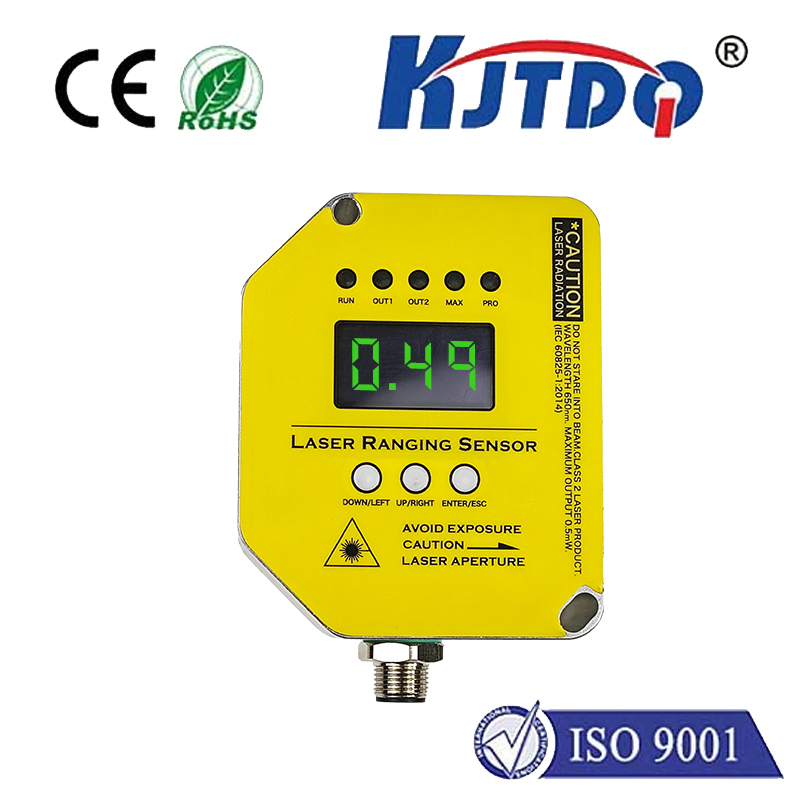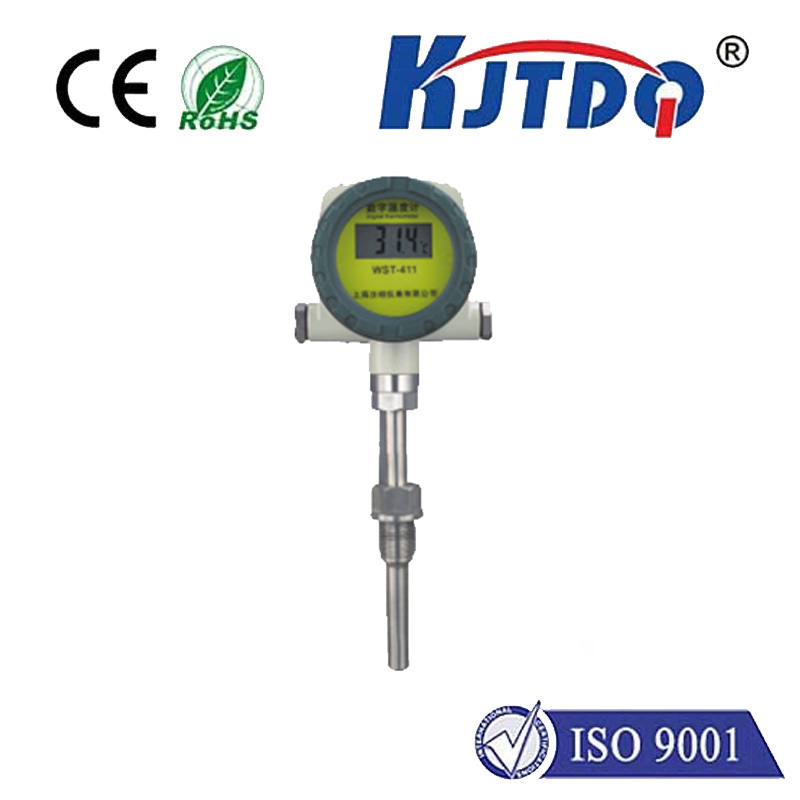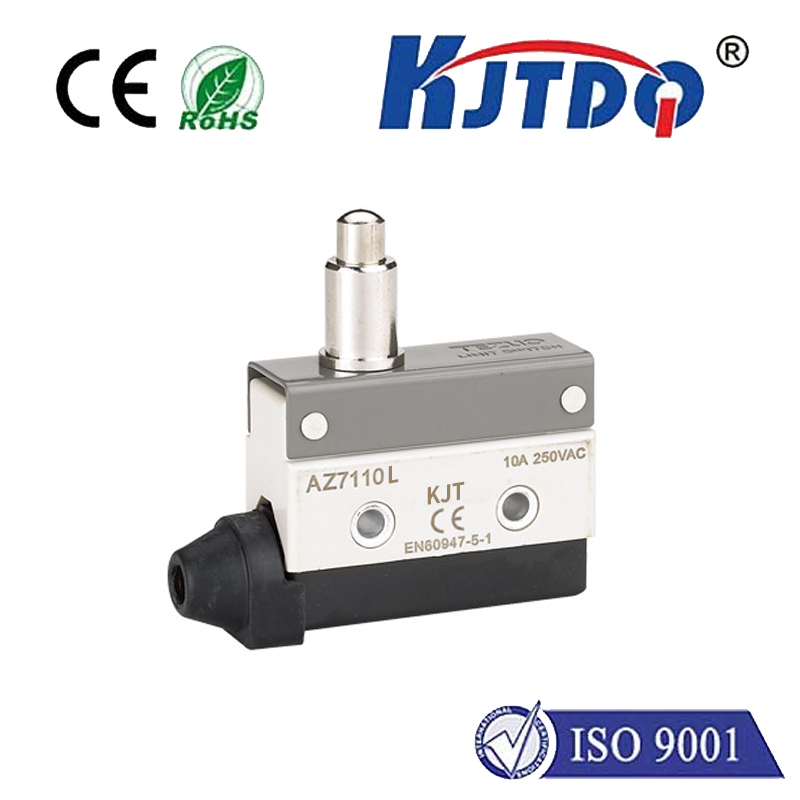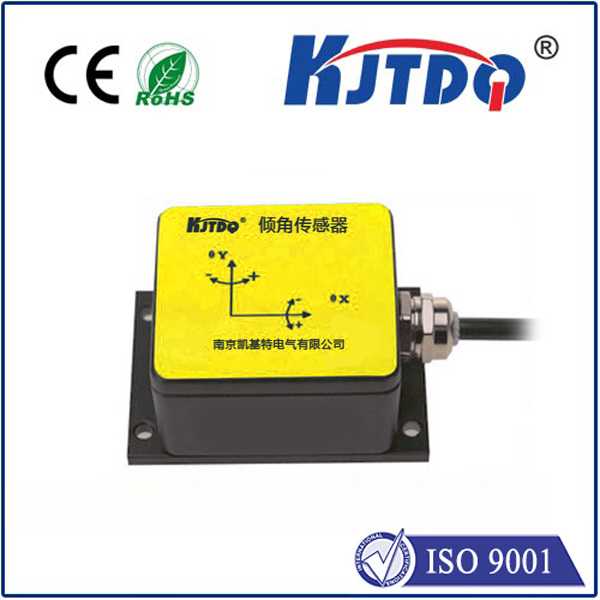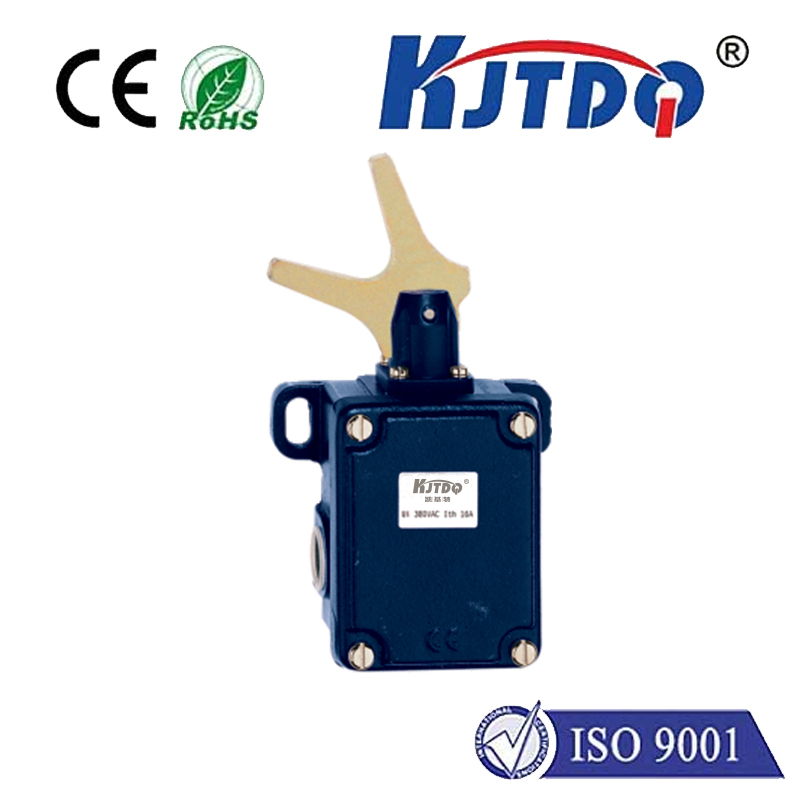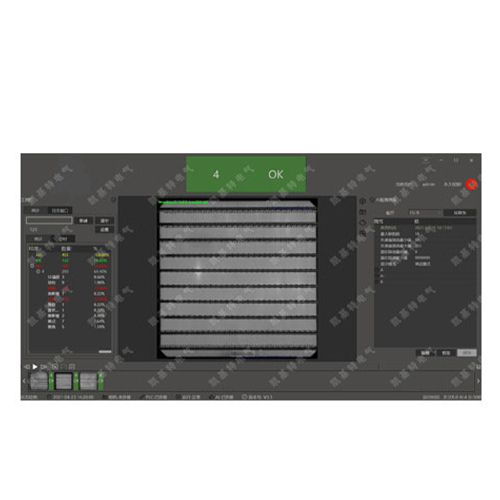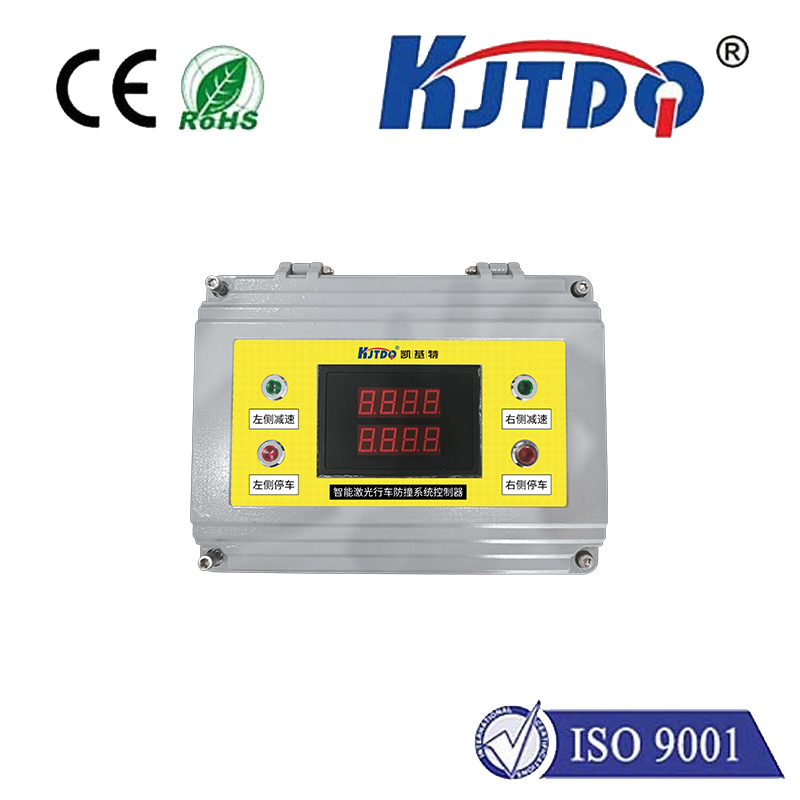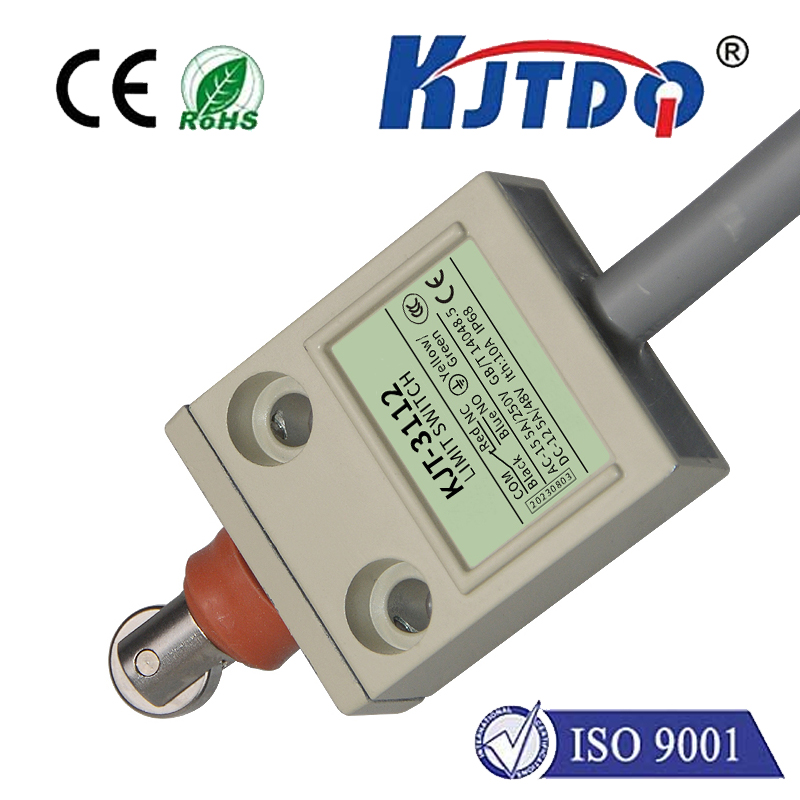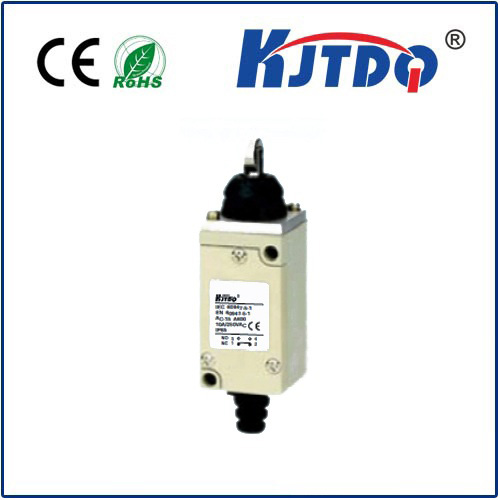

check

check

check

check

check

check

check

check

check

check
SPST Limit Switch: A Fundamental Component in Electronic Devices
The SPST (Single Pole Single Throw) limit switch is a fundamental component in electronic devices, playing a crucial role in controlling circuits with its simple yet effective structure. This article delves into the basics of SPST limit switches, their applications, and technical parameters to provide a clear understanding of this essential device.
An SPST switch, as the name suggests, has one single pole and can connect or disconnect a single circuit path. In simpler terms, it's like a light switch in your home; it either turns the light on or off. Similarly, an SPST switch controls whether a circuit is closed or open. The simplicity of its design belies its importance in various electronic applications, from fingerprint locks to smart home systems.
One of the key features of SPST switches is their flexibility in handling different power supply configurations. They can operate effectively under dual power supplies ranging from ±5V to ±16.5V, singular power supplies from 10V to 16.5V, or even under non-symmetrical power conditions. This adaptability makes them suitable for a wide range of electronic devices that require precise control over circuit activation and deactivation.
Moreover, the digital inputs of these switches are designed with thresholds compatible with Transistor-Transistor Logic (TTL). This compatibility ensures seamless integration with both TTL and CMOS logic systems. In essence, SPST switches bridge the gap between older and newer technologies, allowing for forward compatibility and reliability in electronic systems.
Applications of SPST switches span across diverse fields. In fingerprint recognition systems, they activate or deactivate circuits based on the presence or absence of a fingerprint, adding an extra layer of security. Within smart home technologies, SPST switches facilitate the automated control of appliances, lighting, and security systems. These applications underline the switch's role in enhancing user experience through efficient circuit control.
In addition to their functionality, SPST limit switches boast technical attributes that make them ideal for various operational conditions. For instance, some models, such as the TMUX821x series, can handle maximum voltages of up to 100V, demonstrating their robustness and adaptability. These switches can perform consistently across the entire voltage spectrum, ensuring reliable operation irrespective of the power conditions.
To summarize, the SPST limit switch embodies simplicity and reliability, making it an indispensable component in modern electronics. Its ability to work across different power supply configurations, alongside its compatibility with various logic systems, positions it as a fundamental component in devices ranging from security systems to smart home appliances. As technology continues to evolve, the role of SPST switches remains pivotal in managing circuits with precision and efficiency.
